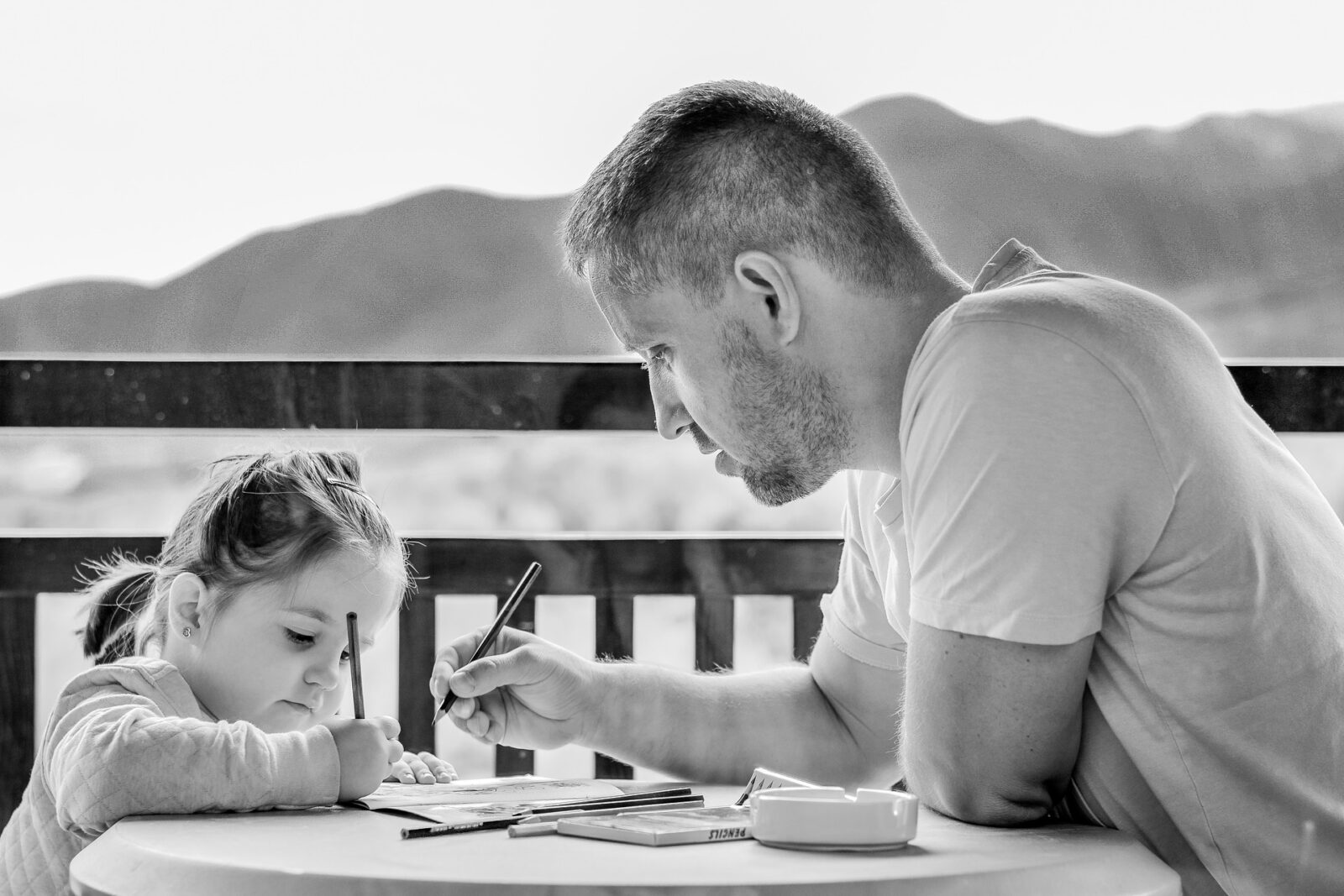Good practice
High quality experiences in ECEC, is that enough?
This blog post was contributed by Olga Wysłowska (University of Warsaw).
Up-to-date research provides solid evidence on the positive relation between high quality ECEC provision and development and educational outcomes of children (especially from disadvantaged families) [1]. Hence, one may claim that the main goal of practitioners should be to facilitate high quality day-to-day experiences of all pupils in the setting. However, is that enough …? In this message we focus on the importance of the home learning environments as well as its interplay with the ECEC provision.
Awareness of individual and society benefits resulting from high quality experiences of children in ECEC settings rises not only among academics and policy makers, but also parents and the society in general. Nevertheless, research suggests also that “quality of home learning environment has been proven to be of major importance for child development over and above early institutional (i.e. preschool or kindergarten) influence” [2]. Hence it seems natural that creating optimal growth conditions to all children requires ‘joining forces’ of parents and professionals. Both parents and professionals should mutually support each other in caring for the child in the setting as well as at home.
Home learning environment
Professionals may feel overwhelmed with the idea of supporting parents in their parental tasks and obligations. It may be helpful to reflect on the aspects that constitute the home learning environment, in order to better understand how they could contribute to making it more valuable.
The home learning environment is defined by three components related to one another [2].

Structures concern family characteristics such as composition, living conditions (available materials, toys space etc.) as well as cultural, educational and socio-economic background.
Educational beliefs regard parents’ general educational values as well as their aspirations, hopes and plans for a child’s educational career.
Educational processes refer to the day-to-day experiences of children at home, more specific interactions between the child and his/her parents, other children and physical environment.
Initiatives undertaken by professionals may target all three aspects for instance:
- Structures by creating opportunities for parents to enrich home environment with books and materials
- Educational beliefs by providing parents with comprehensive information on child’s strengths
- Educational processes by making parents aware of importance and inspiring them to engage in valuable interactions with children
6 practical tips on how professionals may support families in providing high quality home learning environment
- Encourage parents to take part in day-to-day activities organized in the setting. For example invite them to stay in the classroom for some time after bringing the child in or before picking him/her up. This may inspire parents how to organize the time with children at home and allow them to observe ways of playing with them, resolving conflicts and managing small group activities.
- Organize a small library in the setting. Try to include books in all of the languages of children enrolled (more languages may enhance children curiosity in linguistic diversity) and encourage families to make it a daily ‘stop’ on their way out of the setting. This initiative may be particularly valuable for parents who do not speak the language of the host country well and do not feel comfortable visiting a library.
- Organize workshops where the whole families could be engaged, for example in making toys or instruments of recycled materials. It may encourage them to organize similar activities at home.
- Facilitate toy exchange. Especially for low-income families it may occur a feasible solution to organize an attractive and valuable home learning environment. Moreover involvement in the exchange of toys is a great opportunity to talk and reflect with children on the value of sharing, possessing and their rights.
- Assure parents that you are open to sharing your knowledge and reflection concerning children’s developmental needs and ways of providing them with optimal growth conditions.
- Organize a small space in the setting where parents and professionals may exchange their experiences and concerns while having a cup of tea or coffee (without the presence of children). Such a place may play an important role in the process of families integration [3]. You may present photos of children having different activities there, their art works, educational journals etc. in order to encourage parents to reflect on children’s interests and development.
What about you, how do you normally support families? What challenges do you face in doing so? Share your experience with us!
References:
[1] Slot, P. (2018). Structural characteristics and process quality in early childhood education and care. OECD Education Working Paper No. 176.
[2] Kluczniok, K., Lehrl, S., Kuger, S., & Rossbach, H. G. (2013). Quality of the home learning environment during preschool age – Domains and contextual conditions. European Early Childhood Education Research Journal, 21(3), 420-438.
[3] Wysłowska. O., Pacholczyk-Sanfilippo. M., Lubomirska. K., (in press). Żłobki w wybranych krajach europejskich (Creche settings in chosen European countries). Wydawnictwa Uniwersytetu Warszawskiego, Warszawa.
You must be logged in to post a comment.

